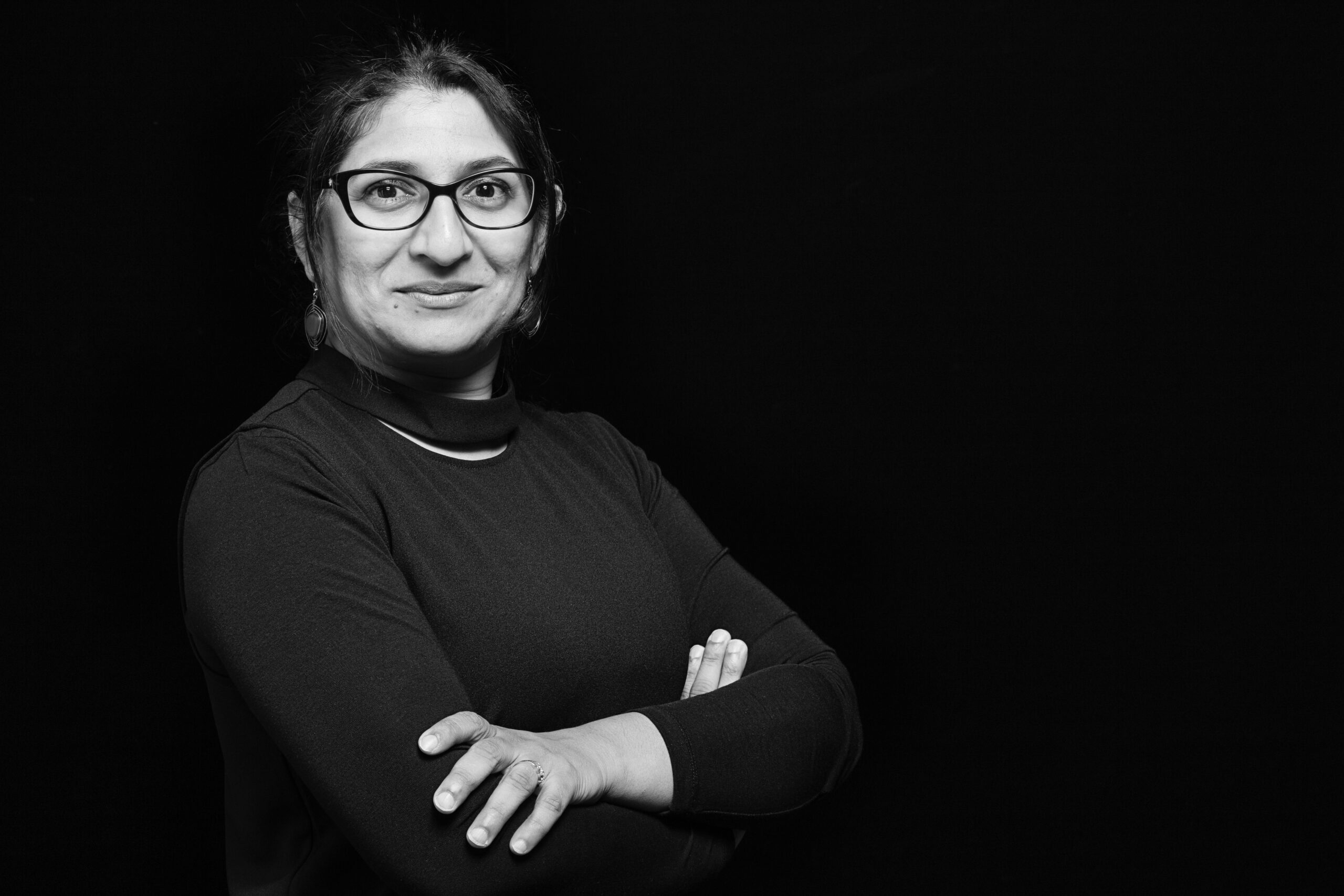
Portico Fall 2021: Sanchez Says Imagining What Cities Can Be Is Fair Game for All
Jose Sanchez has turned a childhood passion into an innovative architectural pursuit. Like many children growing up in the 1980s, he spent a great deal of time playing video games. He put aside that “childish interest” until he began studying architecture and conducting research. “There was a particular moment in my research where I realized that I was developing technology and software that had certain similarities to what games do,” he says.
Sanchez is an associate professor of architecture who specializes in using gaming as a platform for participatory design in architecture. He was motivated by the social culture of his native Chile to engage in social issues. Gaming, he says, provides an opportunity to deal with simulation and software development in a way that involves the general public. He views the players as people “inputting their own kind of perspective into software and sharing their contributions and creations” to create a community. As one of the few researchers designing architecture software that allows the public to play and engage in games, he feels like he’s blazing a trail.
Sanchez explains that there’s a strong tradition of participatory design in different urban contexts where people in a community are invited to provide input on how the city should grow. “I wanted to do that at a much more global scale through the use of software,” he says.
Through the games he develops, Sanchez wants to involve a general audience and make architecture more approachable and relatable. “We architects seem to have the problem that we always talk to each other and we don’t engage the general public,” he says. He’s attempting to “create a ladder,” allowing a non-expert to become engaged and educated in architecture by playing a game. “I’m excited to see how people who are not necessarily architects engage with the issues presented in the game,” he says, noting that allowing citizens to provide more input into the creation of their cities leads to “a richer kind of imagination about what cities can be.”
In his games, the player is asked to consider such factors as how to achieve production of architecture through affordable means, deal with resource management within a community, and maintain moral self-sufficiency in the production of a community — the systems that will allow a community to be sustainable.
He started his first studio, called Plethora Project, in 2011. His first game, Block’hood, was released in 2016 and took three years to develop. It’s a city simulator that requires the player to consider various environmental variables, like waste management, energy production, and food production, in designing a city block. It forces the player “to consider the ecological relationships between these parts,” he says.


Block’hood encourages players to consider ecological variables to create a city block.
His second video game, Common’hood, will be released by the end of this year. Inspired by Detroit, it follows the story of a character who occupies an abandoned factory and allows the player to build architecture and design communities. Sanchez hopes the game could be used as a simulation for communities interested in building products like tiny houses and backyard communities in different forms.
Beyond creating the games, Sanchez also authored Architecture for the Commons: Participatory Systems in the Age of Platforms (Routledge, 2020). In the book, he argues that a “Lego-like” parts approach towards science has the potential to enable public participation. “If we are to consider public participation, we need to be designing in a particular way,” he says. He introduces the notion of a commons — an organization of citizens that create communal value for themselves as a collective. He explains that the book tries to create a framework for all the pieces — the architecture project and installation and the video games — and discusses the theory behind designing in a less traditional manner.
The conversations he has with colleagues at Taubman College and the contributions his colleagues provide to the school create an environment conducive to elevating his research and the professionalism behind it, he says. Sanchez joined the faculty in 2020; he previously taught at the renowned Architectural Association in London and the Bartlett School of Architecture at University College London. He was excited by the prospect of joining Taubman College: “I’ve always been a really big fan of what the University of Michigan is doing in architecture; I consider it one of the best schools of architecture in
the country.”


Common’hood players design a community from an abandoned factory.
Going forward, he hopes to focus on transitioning from the simulation in video games to real-world projects. He recently heard from someone in New Zealand that they were trying to build a tiny house on wheels with his games. His goal is to follow up on situations like that to help members of a community get architecture executed out of a game that could help the larger community.
He’s encouraged that his field continues to grow and hopes that other types of strategies for public participation in architecture besides video games will emerge. “The notion of participation is something that for many people is scary,” he says. “But I think that it’s a wonderful thing to embrace since it opens up a dialogue and platforms for new voices.”
— Julie Halpert









